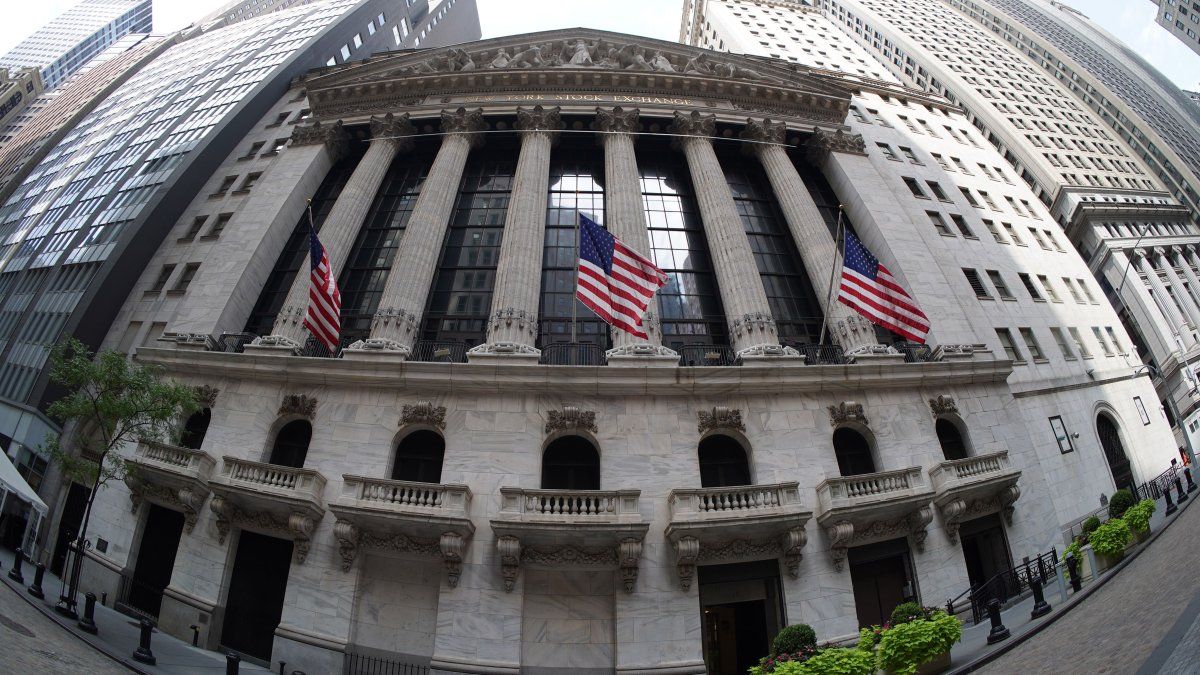Believe it or not: for almost a century, September has been the worst-performing month on Wall Street overall, with repercussions on global markets. The statistics support it and although the theory is based on seasonality (the northern summer), the end of the fiscal year for investment funds, lower business volume, etc., etc., this year at least two key elements are added to the September effect: the presidential elections in the US and the fact that the Fed will modify its rate in the ninth month of the year.
This calendar-based market quirk challenges the efficient markets hypothesis. Some believe the weakness seen in September can be attributed to a seasonal behavioral bias, as investors make portfolio shifts to raise cash at the end of summer.
While there may be some statistical evidence of the September effect, this will depend on the time period being looked at. There are many economists and market professionals who dismiss the existence of the September effect.
From 1928 to 2021, the S&P 500 index has had an average decline during the month of September. However, this is an average observed over almost a century, and September is certainly not the worst month for stock trading every year. In fact, for some years September has been one of the best performing months. Moreover, while the average return for September is negative, the median return for that month has turned positive.
While the September effect may present a market anomaly in that it violates the market efficiency assumption, the result is not annoying and, more importantly, is not predictive in any useful sense. This is because the time period under consideration will matter a lot.
Why the September effect exists
It is generally believed that investors return from summer vacation in September prepared to lock in profits and tax losses before the end of the year. There is also a belief that individual investors sell off stocks going into September to offset the costs of their children’s schooling. Another theory suggests that as investors expect the September effect to occur, market psychology takes hold and sentiment turns negative to align with those expectations.
“Institutional investors may also sell towards the end of September, when the third quarter of trading comes to an end. They can lock in some profits until the end of the year. Another reason could be that many large mutual funds sell their cash holdings to harvest tax losses at the end of the quarter.”analysts say.
However, traders who are aware of the month’s extravagance are now acting in such a way as to effectively make it disappear. Furthermore, large declines in September have not occurred as frequently as before 1990. One explanation for this is that investors have reacted by “pre-positioning” – that is, selling more shares in August.
As with many other calendar effects, the September effect is considered a historical quirk in the data rather than an effect with any causal relationship.
A special September 2024: two key events
The US presidential elections will play a key role this September. Donald Trump, after back-and-forth, said this week that he had reached an agreement with Democrats to debate Vice President and Democratic candidate Kamala Harris on September 10 on ABC News.
“I have reached an agreement with the Radical Left Democrats for a debate with Comrade Kamala Harris. It will be broadcast live on ABC FAKE NEWS, by far the most disgusting and unfair channel in the industry,” the Republican said on his social network.
The rules, he said, will be the same as those set on June 27, the day he faced off with the then Democratic candidate, President Joe Biden. The latter’s controversial performance in that debate led to his withdrawal from the re-election race in July.
Let’s raise our glasses and lower the rates
September 17 and 18 will be the most anticipated days of the month for the markets. The president of the US Federal Reserve, Jerome PowellAt the Jackson Hole symposium, he confirmed the turning point in interest rates. In a highly anticipated speech, he showed his willingness to combat the cooling of the labor market and was as clear as a central banker can be: “The time has come to adjust monetary policy. The direction to follow is clear, and the timing and pace of rate cuts will depend on incoming data, evolving outlooks and the balance of risks.”
Powell has been trying to achieve a soft landing for the economy for more than two years: to control inflation without causing a recession. So far, with good results. The labor rate has rebounded, but remains at historically low levels (4.3%) and inflation, which reached 9%, has fallen below 3% for the first time since 2021. The US economy has resisted the most aggressive rate hikes since the 1980s. For more than a year, the Federal Reserve has been putting its foot down. It has decided that the best thing to do was to do nothing and has kept rates unchanged since July 2023.
The Federal Reserve chairman is confident that he can successfully complete this soft landing: “We will do everything possible to support a strong labor market while continuing to move toward price stability. With appropriate monetary policy moderation, there is good reason to believe that the economy will return to 2% inflation while maintaining the strength of the labor market. The current level of our policy rate gives us ample room to respond to any risks we may face, including the risk of an unwelcome further weakening of labor market conditions.”
Some economists believe the decision may have been delayed too long, increasing the risk of a recession for the economy. Powell has not wanted to declare victory in the fight against inflation too soon. Given the choice, he has always been seen as more inclined to be a little late than to make money cheaper too soon. But now, he has acknowledged, “the upside risks to inflation have diminished. And the downside risks to employment have increased.”
Source: Ambito
I am a 24-year-old writer and journalist who has been working in the news industry for the past two years. I write primarily about market news, so if you’re looking for insights into what’s going on in the stock market or economic indicators, you’ve come to the right place. I also dabble in writing articles on lifestyle trends and pop culture news.




